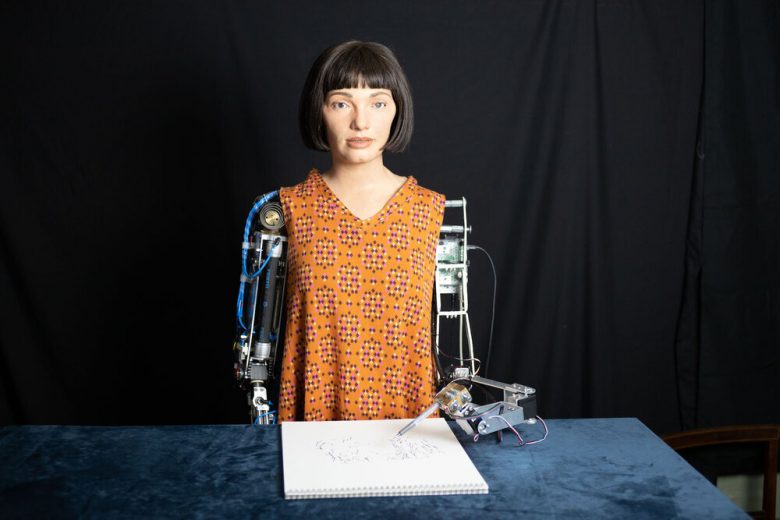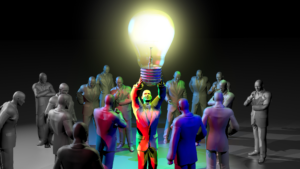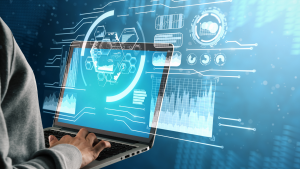AI, or artificial intelligence, is a term of art that describes software that mimics human intelligence by performing tasks that normally require human intelligence. This includes things like learning, problem-solving, and decision-making. The technologies behind AI are advancing rapidly and are already transforming our lives in profound ways. The type of artificial intelligence we use in our daily lives can be classified into two main categories: computer intelligence and human intelligence.
While it is true that computers can display human-like intelligence, it is not the same as being able to think or act like a human. Of particular interest, however, is the question of how human intelligence is evolving into a sort of digital intelligence. How close are we to creating a digital intelligence that can think like a human?
Already, technologies like facial recognition and voice recognition are being implemented in the name of security, but are we truly ready to build an AI capable of thinking like a human?
Who is Ai-Da?
Ai-Da is a robot designed to look and act like a human. This new bot has been programmed to learn through trial and error by watching humans perform everyday tasks and making corrections based on the results. Ai-Da is the most accurate digital human (being) on the planet today, and her creators have developed a unique way of connecting with the virtual human.
By using a combination of speech and gesture, Ai-Da can manipulate objects and interact with users in the real world. The robot-writer construct they created is still in the early stages of development, but it will hopefully provide a framework to study more complex AI systems.
The AI and Ai-Da
The most exciting thing about Ai-Da is that it isn’t artificial intelligence that has been created. It’s a machine learning technique. The company behind Ai-Da called it an ontology and stated that it had been effectively trained on the structure of objects found in the universe, such as galaxies. The company states that this means that Ai-Da can be trained to act as a kind of virtual encyclopedia, with the ability to tell the difference between a tree and a person, for example.
The application of artificial intelligence, or “AI,” in the art and architecture industries has been progressing rapidly over the past few years. In the coming years, the number of designs that incorporate AI will only continue to increase. This is especially true in the field of creative design.
It’s not easy to speak with a machine, to let it think about our problems, and then have it suggest some elegant solutions. However, that was exactly what the researchers behind the Ai-Da project achieved. In their study, they asked Ai-Da to complete some tasks that would help it complete some tasks. In doing so, they developed a system that was able to train itself and AI that could think.
Ai-Da and What It Says About our Digital Creativity
The art of digital creativity is in many ways like the art of the human imagination, but one area in which it is different is the role of the human “artist.” In the case of the human imagination, the artist is the one who draws the pictures. In the case of digital creativity, the role of the artist is to make sure the electronic pictures are correctly programmed and is the computer program that creates the digital art.
The “artist” is the computer program that offers the “creative” possibilities of digital creativity. Ai-Da is the first digital robot to be developed by the human artist, and it is a great example of the creative possibilities of the digital age.
We are all familiar with the story of the invention of the modern world and the development of science, culture, and technology. From the first writing of language to the invention of the modern world, humanity came to rely on machines, digital and otherwise, to power our way of life. Although the first digital creation was the abacus, it was the arrival of the electronic computer that truly ushered in the modern era. The Digital Revolution is now a global phenomenon that impacts how society functions, what we think, how we live, and how we communicate.
Robots are becoming more and more like us, and it looks like they’ll be better at some tasks than we are. While that may seem scary, it can be incredibly useful. The future of artificial intelligence is not about robots taking our jobs or our freedom in the world. It is about collaboration. It is about using technology to enhance our humanity.



